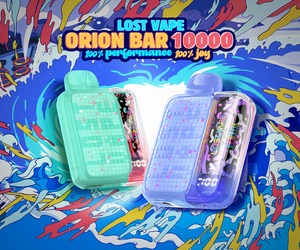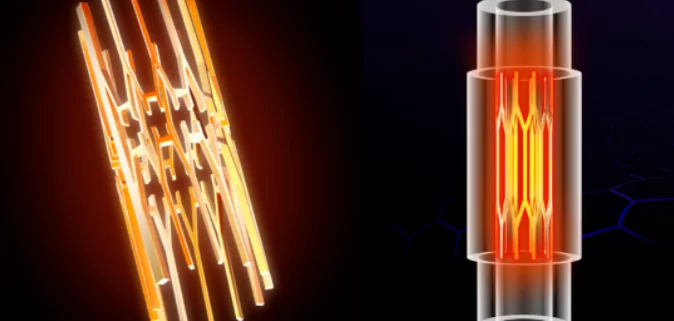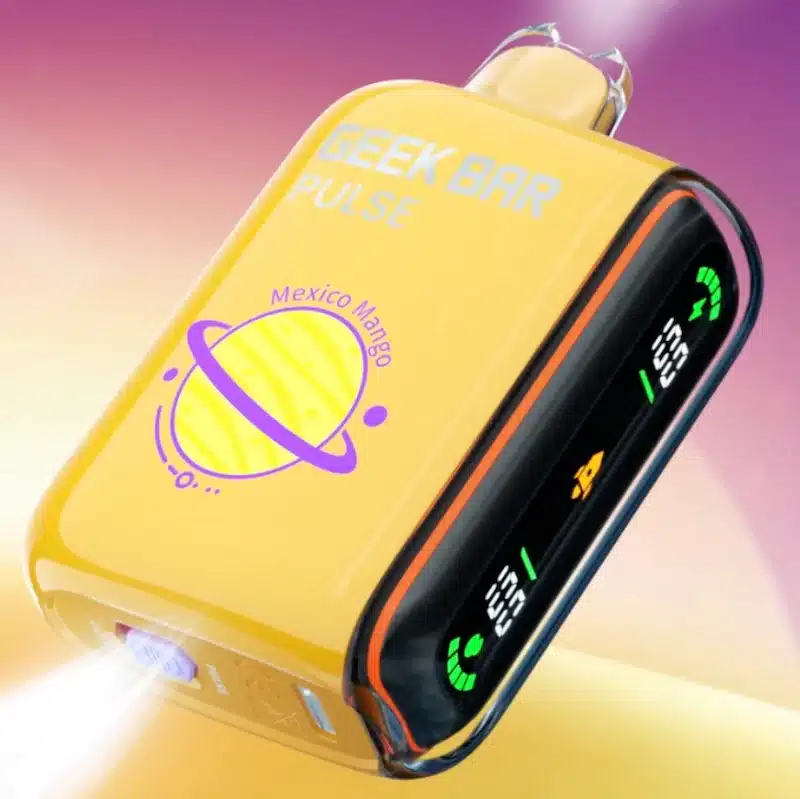From simple black-and-white digital displays to color TFT screens and then to touch screens, the trend of screens in disposable electronic cigarettes is growing. It is reported that a recent e-cigarette brand has launched the first touch screen disposable e-cigarette in the United States.
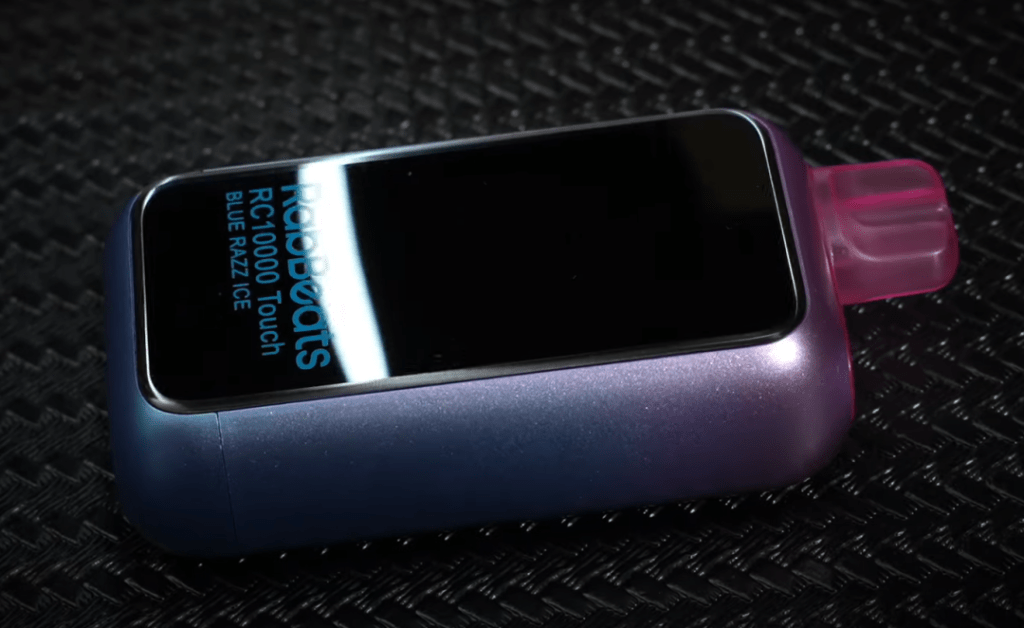

The product is drawing attention as the first publicly reported touch screen disposable e-cigarette. The application of touch screens in e-cigarettes can be traced back to a large e-cigarette product launched in 2015. Today, touch screens are very common in large e-cigarettes. As for smaller e-cigarettes, the use of touch screens, particularly in replaceable cartridge products, began around 2019, with relevant products entering the market.
Introduction to Touch Screens and Their Working Principles
Currently, most touch screens used in consumer electronics are capacitive. The early resistive touch screens used in mobile phones have long been obsolete due to issues such as scratches.
The concept of touch screen technology was proposed in the 1940s, and the first truly touch screen was manufactured in 1965 by engineer Eric Arthur Johnson of the Royal Radar Establishment in the United Kingdom.
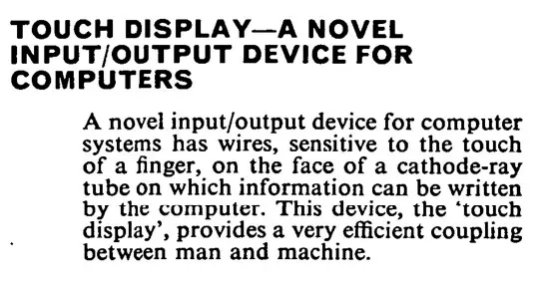
Johnson’s original work was described in an article published in “Electronics Letters,” outlining what is now known as a capacitive touch screen.
Capacitive touch screens operate by utilizing the electrical induction of the human body. A simple capacitive screen is a four-layer composite glass plate with a layer of ITO material. ITO is a transparent and conductive indium tin oxide material suitable for manufacturing touch screens.
The working principle is as follows: when a finger touches a certain part of the screen, it forms a capacitive coupling with the ITO material, changing the capacitance at the touch point. The screen’s four corners have conductors, and as AC current can pass through capacitors, the current from the four conductors will converge at the touch point. The current size is related to the distance to the touch point. The chip inside the phone can analyze the current from the four corners and calculate the touch point’s position.
In terms of application, capacitive touch screens are still mainly used in the smartphone market. However, in applications beyond phones, such as automotive electronics, retail, medical, public facilities, leisure, and entertainment, the market share of capacitive touch screens is gradually increasing.




